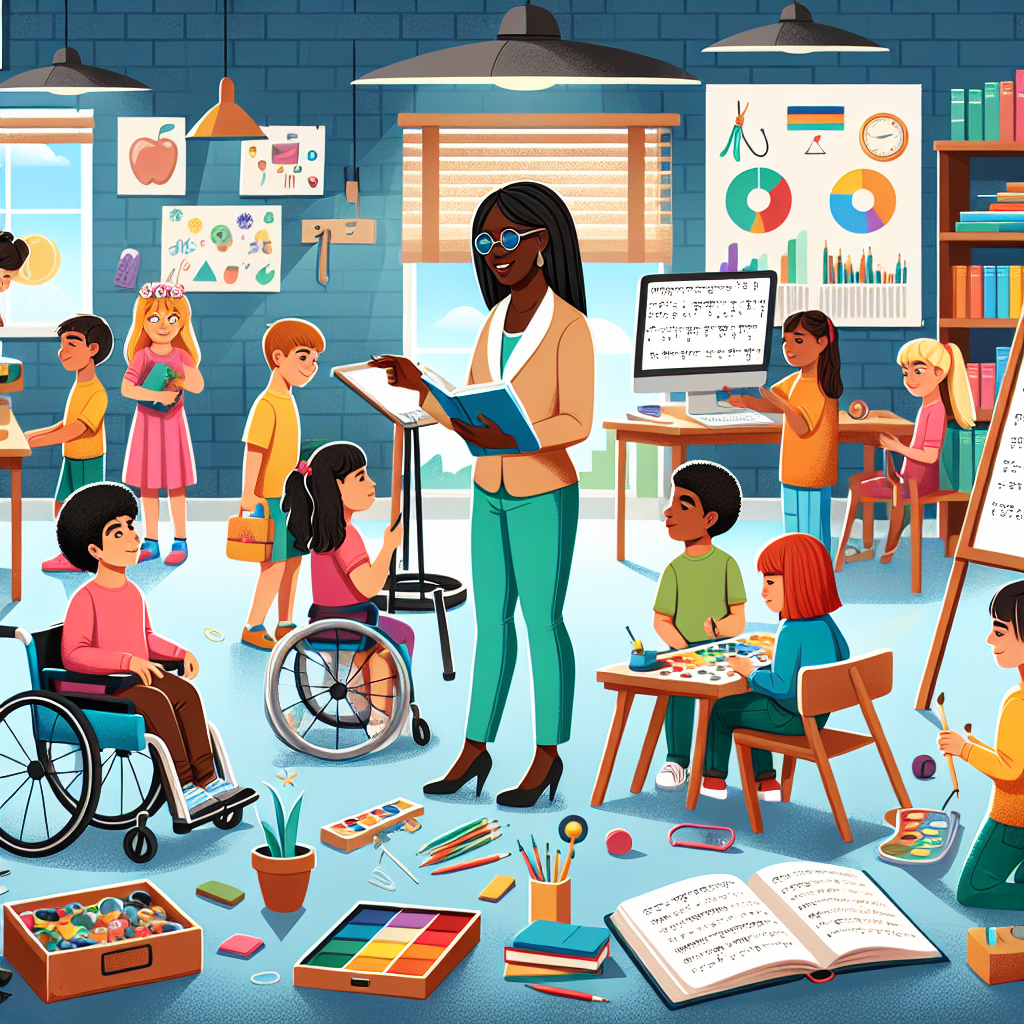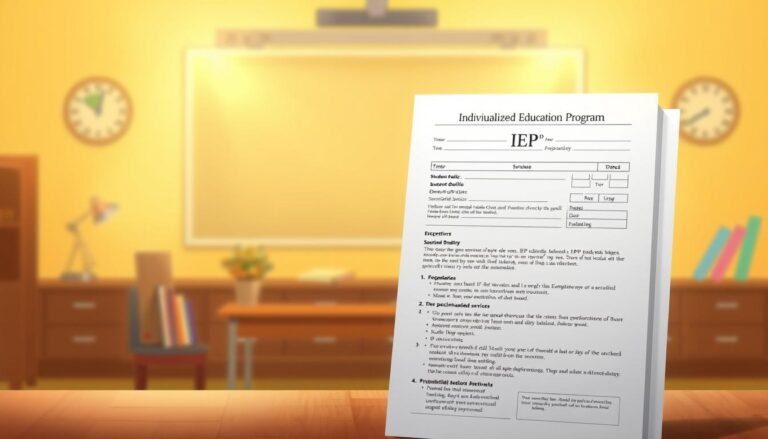
The Essential Importance of Equity: Tailoring Education for Students of All Abilities
Introduction
In a world that celebrates diversity, understanding The Importance of Equity: Tailoring Education for Students of All Abilities is more critical than ever. Education serves as the bedrock of opportunity; yet, not all students experience the same paths to success. Equity in education acknowledges the unique challenges faced by students of varying abilities and ensures that every individual receives the support they need to thrive. By fostering an inclusive educational environment, we can ignite the flame of potential within every learner, equipping them to flourish in a rapidly changing world.
Understanding Equity in Education
To grasp The Importance of Equity: Tailoring Education for Students of All Abilities, we first need to differentiate equity from equality. While equality promotes uniform access to education for all students, equity focuses on adjusting resources and opportunities based on individual needs. This concept is particularly vital when discussing students with diverse abilities, including those with learning disabilities, emotional challenges, and physical conditions.
The Framework of Educational Equity
- Access: All students must have genuine access to quality education, including advanced courses and specialized programs.
- Resources: Allocation of resources, such as trained educators and assistive technologies, should be based on a student’s specific needs.
- Support: Emotional, social, and academic support must be tailored to foster the growth of each student.
| Aspect | Equality | Equity |
|---|---|---|
| Definition | Treating everyone the same | Recognizing individual needs |
| Resources | Same resources for all | Varied resources for all |
| Outcome | Uniform success | Individual success |
The Need for Tailored Education
As we delve deeper into The Importance of Equity: Tailoring Education for Students of All Abilities, consider this startling statistic: According to the National Center for Learning Disabilities, approximately 1 in 5 students has a learning disability. For these students, a one-size-fits-all approach can lead to disengagement and failure. Tailoring education means creating strategies that allow each student to engage meaningfully with the learning material.
Case Study: The Virginia Inclusive Program
A notable example is the Virginia Inclusive Program, which implements Individualized Education Plans (IEPs) for students with disabilities. By focusing on personalized goals, the program has shown that students’ academic performance and social integration positively change.
Analysis
The program’s success underscores the critical role of tailored educational strategies. By taking each student’s unique abilities and challenges into account, Virginia schools have seen improvements in graduation rates, proving that customization leads to success.
Implementing Inclusive Teaching Strategies
Differentiated Instruction
One powerful method of promoting equity is differentiated instruction, where educators modify their teaching styles to accommodate different learning styles and paces. This approach includes:
- Flexible Grouping: Arranging students in diverse groups based on their skills or interests.
- Varied Assignments: Providing different types or levels of assignments that meet individual needs.
Universal Design for Learning (UDL)
UDL is another essential framework that emphasizes varying teaching methods to meet the diverse needs of learners. This can include:
- Multiple Means of Engagement: Motivating students by incorporating interests and real-world applications into lessons.
- Multiple Means of Representation: Presenting information in varied formats such as videos, text, and hands-on activities.
The Role of Technology in Equity
With the rise of digital learning, technology has become an invaluable tool in promoting The Importance of Equity: Tailoring Education for Students of All Abilities. Assistive technologies can significantly enhance learning experiences for students with disabilities.
Case Study: Using Tech for Accessibility
A remarkable instance is the "Read&Write" software, designed to support students with learning disabilities. This software provides text-to-speech functions, word prediction, and assistive features that cater specifically to struggling readers.
Analysis
Schools using Read&Write have reported increased literacy skills among students with learning disabilities. This exemplifies how technology can bridge gaps in education, emphasizing the essence of equity through tailored learning solutions.
Training Educators for Equity
Educating teachers about the importance of equity is paramount. Professional development programs should include:
- Cultural Competency Training: Understanding cultural factors that may impact learning.
- Collaborative Teaching Models: Encouraging teamwork among general education and special education teachers to design inclusive classrooms.
Measuring Progress and Success
Tracking student progress is essential in affirming The Importance of Equity: Tailoring Education for Students of All Abilities. Schools should employ assessments that are both formative and summative to gauge understanding and address gaps in learning.
Data-Driven Decisions
Utilizing data analytics allows educators to make informed decisions regarding curriculum adjustments and resource allocations. For instance, tracking student performance on assessments can help pinpoint specific areas where students with differing abilities may need additional support.
| Measure | Importance |
|---|---|
| Performance Tracking | Identifies areas for improvement |
| Feedback Mechanisms | Encourages student engagement |
| Adjustments in Teaching | Creates personalized learning paths |
Community and Parental Involvement
Engaging parents and the community in the educational process is another crucial element. By fostering partnerships between schools and families, we enhance the support network for students.
Case Study: The Parent-Teacher Association (PTA) Initiative
An excellent example of community involvement is the PTA’s initiative in a school district in California, which focused on bridging gaps between families and educators. Through workshops and regular meetings, parents and teachers collaborated on strategies to support all students.
Analysis
The PTA’s involvement led to increased communication and transparency, resulting in an enhanced educational experience for students. This exemplifies how a supportive community can play a vital role in uplifting equitable education practices.
Challenges in Implementing Equity
Despite recognizing The Importance of Equity: Tailoring Education for Students of All Abilities, several challenges persist:
- Funding: Limited resources can hinder the implementation of necessary programs.
- Resistance: Some educators may be resistant to change, fearing that tailored strategies may dilute academic rigor.
- Awareness: A lack of awareness around student differences can perpetuate inequities in education.
Overcoming Obstacles
Creating awareness and providing adequate funding for programs designed to promote equity is crucial. Schools should seek partnerships with local businesses and community organizations to enhance their resources.
Conclusion
Understanding The Importance of Equity: Tailoring Education for Students of All Abilities is not just an educational imperative; it’s a societal responsibility. By implementing tailored strategies, investing in technology, and fostering community involvement, we can create equitable learning environments that nurture every student’s potential. As we move forward, let us channel our collective efforts into the pursuit of equity for all students, because every learner deserves a chance to succeed.
FAQs
1. Why is equity crucial in education?
Equity ensures that all students have access to the resources and support they need to thrive, accommodating their diverse learning needs.
2. How does tailored education help students with disabilities?
Tailored education respects each student’s unique challenges and abilities, allowing them to engage more effectively and achieve better academic outcomes.
3. What are some successful strategies for implementing equity in schools?
Successful strategies include differentiated instruction, Universal Design for Learning (UDL), and employing assistive technologies.
4. What role does technology play in promoting educational equity?
Technology can enhance accessibility and provide customized learning experiences for students, particularly those with disabilities.
5. How can parents get involved in promoting equity in schools?
Parents can participate through school organizations like PTAs, engage in educational discussions, and advocate for necessary resources and support for their children.
6. What challenges do schools face in achieving educational equity?
Challenges include funding limitations, resistance to change from educators, and a general lack of awareness about the needs of diverse learners.
By focusing on The Importance of Equity: Tailoring Education for Students of All Abilities, we can pave the way toward a more inclusive future where every student can learn, grow, and excel.
















